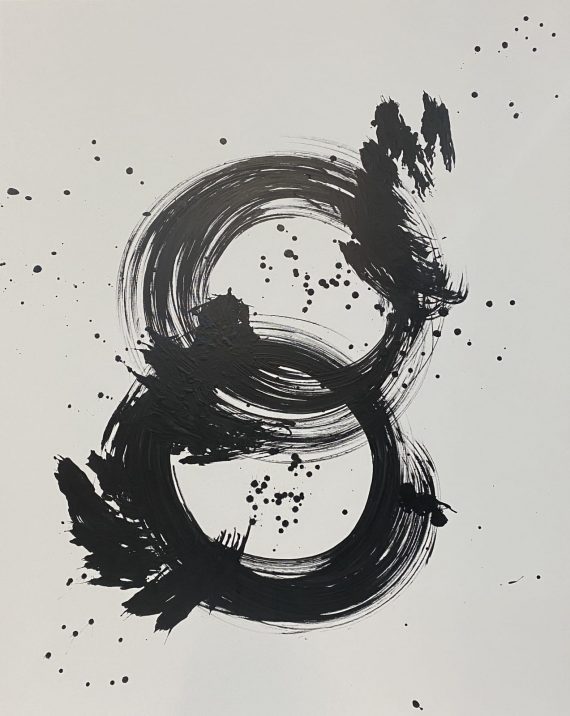The final step in product photography is optimizing the images for search engines and page speed.
This is the 14th installment in my series on helping ecommerce merchants create better product images, following “Part 1: Choosing Backdrops,” “Part 2: Selecting Tripods,” “Part 3: Artificial Lighting Basics,” “Part 4: Angles and Viewpoints,” “Part 5: Choosing a Camera,” “Part 6: Selecting a Lens,” “Part 7: Magnification and Close-ups,” “Part 8: Composition Essentials,” “Part 9: Advanced Composition,” “Part 10: Lines as Design Elements,” “Part 11: Image Editing,” “Part 12: Color Correction and Presets,” and “Part 13: Special Edits.”
In this post, I’ll address making your photos faster to download and more visible in Google’s image search.
Image Search
Optimize descriptions. It’s tempting to keep the default image names from your camera. But don’t do it. Take the time to rename those images with keywords. It will help rank in Google’s image search. Organic search traffic is the lifeblood of many ecommerce businesses. Creating keyword-rich files is as important as the copy on product pages.
For image keywords, think about how online shoppers search for your type of products and apply those patterns to file names. If you’re unsure of those search queries, tools such as Moz, Semrush, Ahrefs, Rank Tracker, and Google Search Console can help.
Consider the example below from my own business. The original file name for this painting as assigned by my camera was a string of numbers, such as 1583.jpg. But that isn’t descriptive. So I changed the name to panamericanartprojects-carolyn-mara-overlapping-circles-2021.jpg.
That description lists important keywords consumers can use to find my artwork via any search engine. Do the same for the file names of your product images.

The camera’s default file name for this image of the author’s painting contained only numbers, such as 1583.jpg. She changed it.
Customize alt attributes. An alt attribute — alternative text — describes an image. It’s essential accessibility for visually-handicapped users and those that do not otherwise download photos. For search engines, it provides additional, keyword-rich info and thus elevates rankings, potentially. Apply the same keyword research to alt text as for file names. For example, the alt text from my image above is alt= “Carolyn Mara, Overlapping Circles, 2021”.
Include model numbers or serial numbers in alt attributes if applicable to your products. But don’t overdo it. Keep alt attributes relevant and straightforward.
Page Speed
The size of an image determines download speed. The bigger the image, the slower the speed — a 200-kilobyte image is slower than 50 kb. Slow pages impact your visitors’ shopping experience. Many will leave if too slow. For organic search rankings, Google’s new Core Web Vitals algorithm assesses speed. Slower sites have lower rankings. Fortunately, merchants can optimize their images for faster downloads.
First, optimize thumbnails. Product thumbnails can be helpful on, say, category pages or even the home page. But use them sparingly and make them as lightweight as possible. Reduce the resolution if necessary. And make sure the alt text of your thumbnails is different from the larger version. Many ecommerce platforms optimize thumbnails automatically.
Second, shoot in RAW format but upload in JPEG. Shoot and edit your products in RAW format. Then convert them to JPEGs. RAW files, unlike JPEGs, capture all of the data from the camera’s sensor, which makes it easier when editing and obtaining the true color of your item. RAW files also provide increased brightness.
But the downside of shooting in RAW is that the files are typically huge, up to 10-times larger than a JPEG. Thus, shoot and edit in RAW. Then convert the photos to JPEGs.


